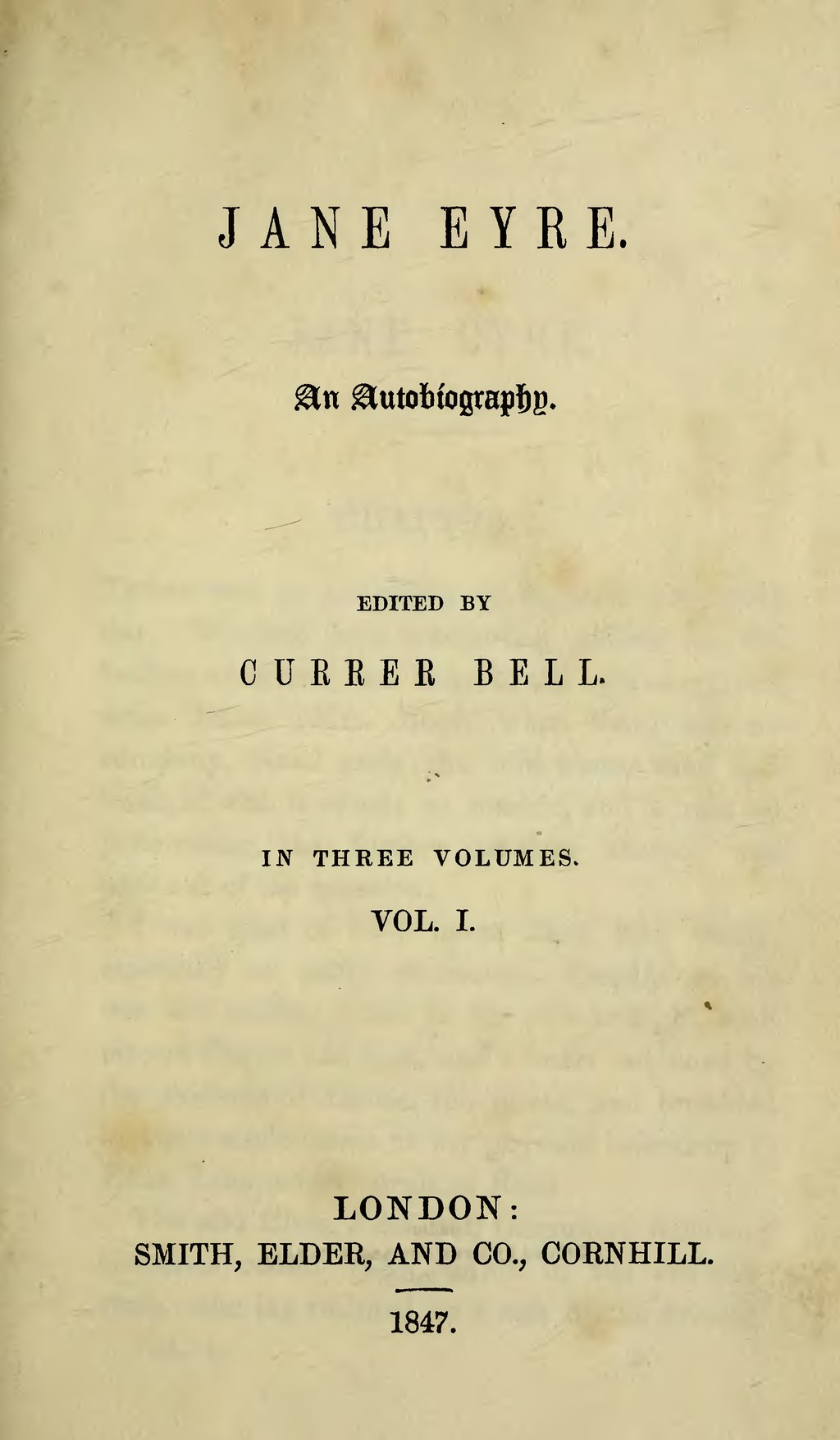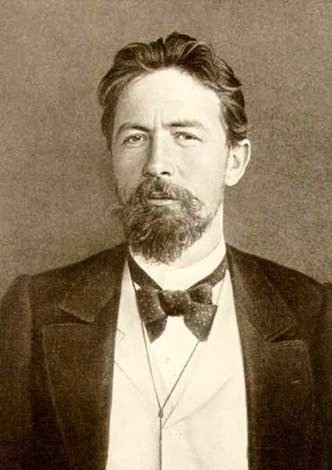Mackenzie Patel
Hello all! June was a soup of ennui and hyperactivity, the fleshy yawns on a futon mixing with the ballet-flat rush across the streets of downtown Boston. I spent the first half lazing around Atlanta and not being particularly productive; the second half was spent training with Deloitte in Boston and starting my work in Atlanta for them! The lace dresses and pumps, the smooth hair and thin sweaters of business casual attire charmed me even in this unbearable Georgia heat. I threw myself into the pits of Jane Eyre obsession and flew on an airplane by myself for the first time [it was supremely uneventful]. I claimed the crown of texting queen, spinning colloquialisms to my friends so they wouldn’t forget me in the dusty sunshine. June is ice cream and insects. It’s the chestnut tree burning as Mr. Rochester proclaims his love to automaton-less Jane. It’s hours on the internet and Game of Thrones theories. It’s freedom.
Literature
- Jane Eyre by Charlotte Bronte

By Original uploader was Chick Bowen at en.wikipedia; Charlotte Brontë (1816-1855) – Transfered from en.wikipedia; University of Leeds Library, Public Domain, https://commons.wikimedia.org/w/index.php?curid=3298382
By God, I’m obsessed with this novel. It’s an addiction, an insatiable craving for Thornfield Hall I haven’t felt since Anna Karenina captured me. I swapped out Tolstoian drama for an English thriller, the simple words of Russian morphing into the complex, feminist language of Miss Charlotte. To summarize, Jane Eyre, a penniless orphan from the Moorish English countryside, is banished from Gateshead by her aunt and sent to Lowood School. Wading through tuberculosis, bitter weather, and horrid treatment, Jane emerges from the charity school more serious, responsible, and thirst for a life beyond ivied walls. She becomes the governess of Thornfield Hall, a stereotypical English manor in appearance, but harboring a gothic secret within its cobwebbed stomach. Mr. Rochester, the master of Thornfield, broods over the house with his stately figure and paradoxical brain. Horror, tears, and kisses doth the words with a thrill Jane Austen cannot match. This novel strikes my threads because of its other-worldly language and independent characters—Jane begins as a lowly orphan and climbs the ladder of progress until she is higher, in a way, than endowed Mr. Rochester. The book’s feminist overtones also interested me greatly: “I am no bird: and no net ensnares me; I am a free human being with an independent will.” Hell yeah Jane!
- A Perfect Day For Bananafish by J.D. Salinger

By Source, Fair use, https://en.wikipedia.org/w/index.php?curid=26013437
I’m drawn to stories that end in death, so that explains why this bittersweet short story is stuck in my thoughts. I watched an excellent documentary about Jerome Salinger a few weeks ago, and its intriguing script/nosy interviewing piqued my interest in this cryptic author. A Perfect Day For Bananafish was published in The New Yorker in 1948—it was a commercial success for Salinger and launched his shadowy career into the theater of literary stardom. His most famous novel, The Catcher in the Rye, was published shortly after in 1951. This quick read features disillusioned characters, the innocence of a tween swimsuit, and a gun cocked to a sun-screened forehead. Its masterful delivery of base human emotion struck me deeply, especially the feelings of apathy and dissatisfaction. Salinger is known for becoming a hermit after the success of Catcher, the notoriety of television and newspaper spiraling him on a Picasso-like course (at least where impressionable young women are concerned). Read the short story here.
- Selected Short Stories by Anton Chekhov

https://en.wikipedia.org/wiki/Anton_Chekhov
This was the truly the month of 10,000 word stories. There’s something about this pithy, profound genre that keeps me loafing back to its watering trough of diction. Chekhov was a modern master of short stories and plays, not one full length novel leaking out of his brain and into the typewriter. I bought this handy copy of Russian culture at Trident Booksellers, a gypsy café/bookstore in the heart of Newberry Street, Boston. Cappuccinos and leather-bound editions littered the dive, and I was hopeless against the stacks of $3.50 classics. This collection features The Black Monk, The House with the Mezzanine, The Peasants, Gooseberries, and The Lady with the Toy Dog. I was enthralled by The Peasants because of its gritty, harsh, and violent depiction of Russia’s newly freed serfs—socially critical, Chekhov did nothing to reign in his disdain. Chekhov’s most famous work, The Duel, is a novella that was published in 1893—read this thrilling story here.
Art
I subscribed to The New Yorker magazine this month, and while I enjoy the fiction and quirky cartoons, the actual news content I find too liberal, kitschy, and disgustingly biased for my taste. However, I did discover a fantastic artist—Malika Favre—that designed the cover of the fiction issue of TNY.
- Page Turner, Malika Favre, 2016
I adore this salmon blue color scheme and her sexy, over-the-bare-shoulder glance. She’s cold, unconcerned, and annoyed that an onlooker dragged her away from a gripping tale. Favre is French although based in London (similar to Italian born Michele Del Campo). According to her website, “Her bold, minimal style – often described as Pop Art meets OpArt – is a striking lesson in the use of positive/negative space and colour.” The different categories on her site—beauty, fashion, travel, etc—display daring prints of popping lips, provocative sex positions (the illustrated Kama Sutra), and Adele Bloch-Bauer inspirations. Starting out as a graphic designer, Malika now works with Sephora, New York Times, Budweiser, and Penguin Books.
Other Malika Favre works I love:
- Park Avenue
- Office Supplies
- Formation
- The Truth Is Out
Snag one of your own signed Favre works (on a giclee canvas) here.
- The Treachery of Images, Magritte, 1928

By Image taken from a University of Alabama site, “Approaches to Modernism”: [1], Fair use, https://en.wikipedia.org/w/index.php?curid=555365
Music
I was buried in Spotify-chosen indie music this month. A few years ago, in the angsty era of my sophomore year youth, I went through an indie music phase of Neon Trees, MGMT, and One Republic (before their mainstream pop). Thanks to Spotify, I’ve discovered the relatable, hipster beauty of Cage The Elephant, Hippo Campus, Arctic Monkeys, The Apache Relay, and The Lumineers. Also, 90s rap has made me its trap queen once again—all hail 2Pac, Biggie, and Dr. Dre.
[Side rant about Beats by Dre: I find these headphones, sleek and shiny and beautiful, sexist. They are anti-female because no woman with long, high-maintenance hair could ever wear the usual Beats. Ripping our locks and flattening our blowout, these overpriced headphones are skipping a major (and intelligent) sector of the human race. Instead of just catering to cropped males, consider your music-obsessed females that are denied superior sound quality because of accursed anatomy and society imposed appearance. I know we could just wear Beats earbuds, but those conical frustrations don’t fit in my midget ears.]
- Berceuse by Armas Järnefelt
I first heard this 3:36 tune while driving in my mom’s car, but its Tchaikovsky-like melody and Jane Eyre emotions stayed within me long after the car was thrust in Park. There’s something forlorn and other-worldly about this piece, like Westeros meets Middle Earth and the Shire. Järnefelt was a Finnish composer of the late 1800s and conductor of the Helsinki Philharmonic Orchestra. He was “obscure, plain, and little” as Jane Eyre would say, but there is nothing pathetic or unclarified about this tune. It reminds me of Rachmaninov’s Paganini Themes without the Russian clamor. His fluffy Praeludium also escaped the ditch of unrecognition, but it’s not nearly as profound as Berceuse. **His sister, Aino, married THE Jean Sibelius! **
What were you cooliobeans into this month?


Wow…someone my age who also loves classical music, art history, literature, and travel!! I’m just overjoyed!
Anyway: Your analysis of Magritte’s The Treachery of Images is spot-on; the way he toyed with viewers’ ideas of reality is precisely what I love about him. The words “Middle-earth” and “Sibelius” were enough to persuade me to listen to that Järnefelt piece. I think I’ll be avidly following your blog from now on. :)
Magritte’s Le Faux Miroir became one of my favorite paintings this month after seeing it in person at the MoMA…as well as Gino Severini’s Armored Train and Umberto Boccioni’s sculpture Unique Forms of Continuity in Space (while the Italian Futurists’ ideologies are certainly questionable, their art is just so *cool* from a purely formal perspective). As for music — going way back to the English countryside — my favorite pieces this month have got to be Ralph Vaughan Williams’ renditions of the English folk songs Greensleeves and Kingsfold. Seeing as you have a real passion for literature, you should also check out Randall Thompson’s Frostiana, a collection of Robert Frost poems set to music. My favorite arrangement is by far The Road Not Taken, not only because it’s an exquisite tune, but because that tune manages to discard the individualistic view of the poem and evoke a feeling of regret which is much closer to what Frost was originally going for.
Phew…that was a pretty lengthy post, but I am honestly so grateful to have stumbled upon this site and I’m looking forward to your future posts!
Thanks for reading! I’ll be sure to listen to your recommendations. :)